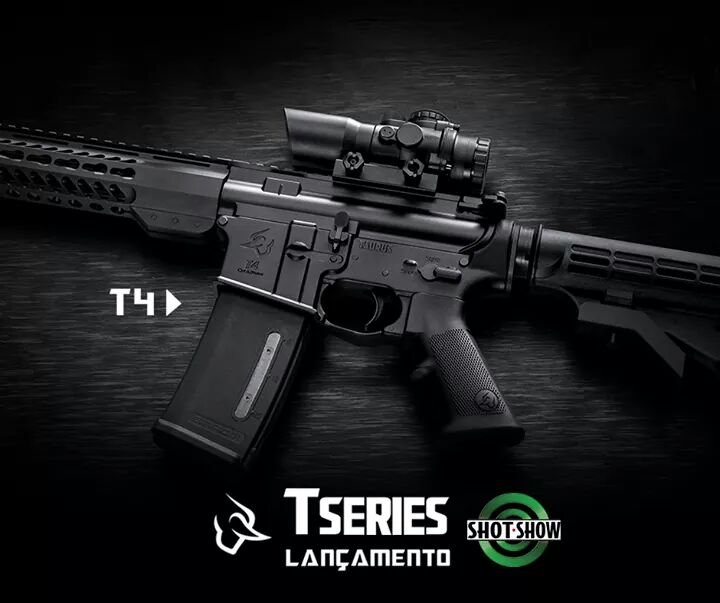Marechal-do-ar escreveu:
Não acho que exista algum padrão internacional, mas fiquei curioso, pesquisei como os americanos fazem e achei isso:
http://www.dtic.mil/dtic/tr/fulltext/u2/a481861.pdf
Um trecho que me chamou a atenção:
The basic firing cycle is 120 rounds etc (...)
No mesmo texto, pouco acima, achei algo que me interessa mais (tks, ótimo link, Marechal véio):
4.2 Cookoff Test.
4.2.1
Background.
This test determines the maximum number of rounds that can be fired
semiautomatically or automatically from the weapon before the chamber becomes hot enough to cause the propellant to cookoff, i.e., ignite spontaneously, if a cartridge is resting in the chamber. This test should be done early in the test sequence since it determines safe firing limits for use in other test procedures.
(...)
Conduct a firing exercise, using a predetermined number of rounds, based on experience with the test weapon or one similar. Subject the weapon to the most severe firing schedule anticipated for it in service. Fire the weapon, changing belts or magazines as quickly as possible to achieve the predetermined number of rounds.
(...)
O teste que referiste é o de durabilidade, não o de cook-off. Pelo texto (novamente tks) se vê que é mais "suave" porque a porrada pegou antes (é expressamente informado acima que o de Cook-off vem antes).
Mas valeu também por outra razão: lendo sobre os testes de cook-off com armas que ficam com o ferrolho aberto, vi os procedimentos, o que exclui aquilo que me disseram (besteira, portanto) uns cupinchas Instrutores, sobre ter a ver com a espoleta:
(...) when weapons of an open-bolt design are fired, the last round must have a cartridge specially prepared to permit bolt closure without firing. This can be accomplished by assembling a primer without an anvil, or by recessing (crushing) the primer 0.25 cm (0.10 in.)
![[009]](./images/smilies/009.gif)








